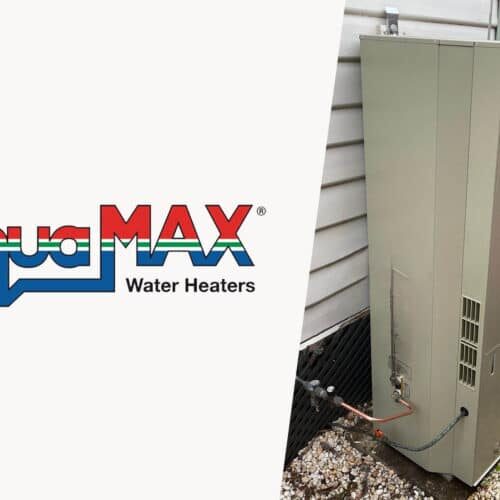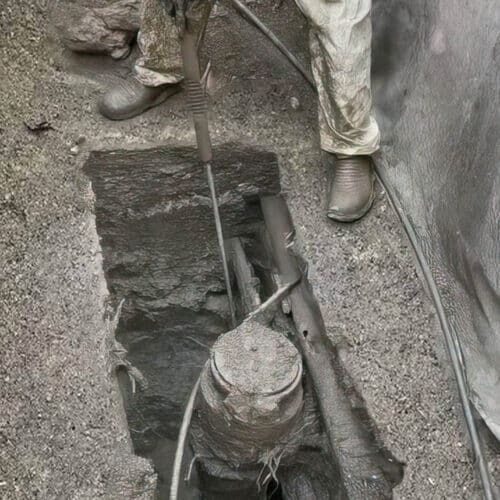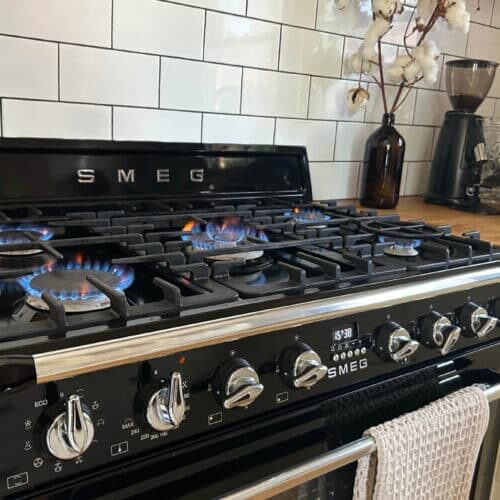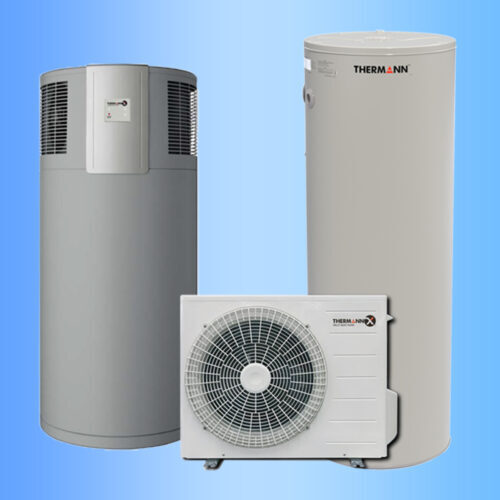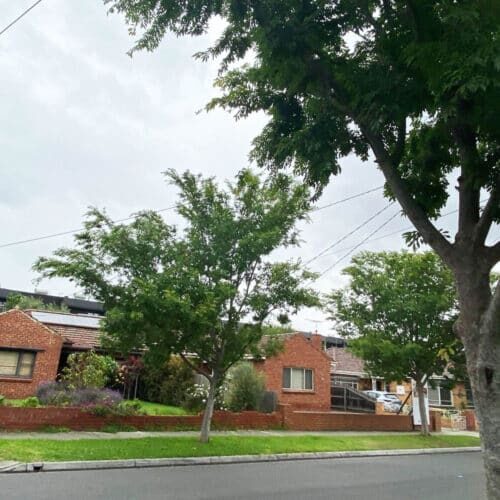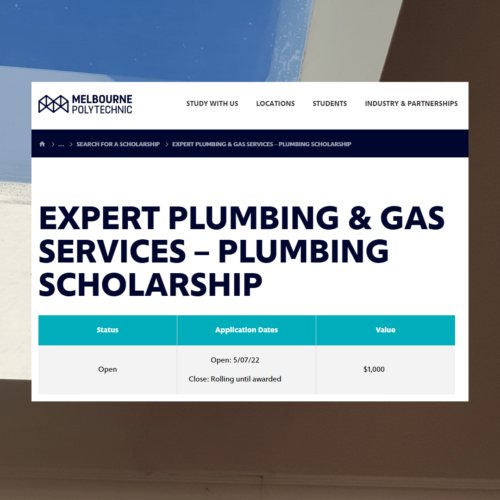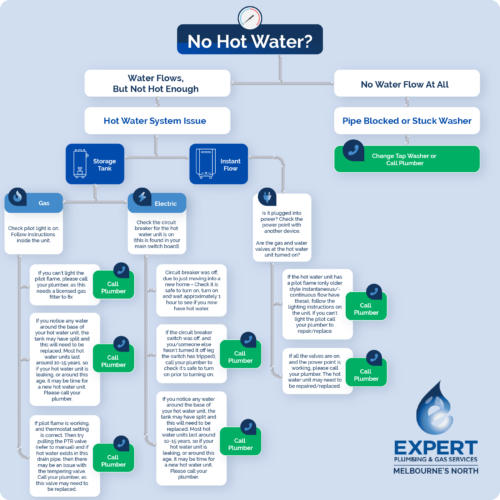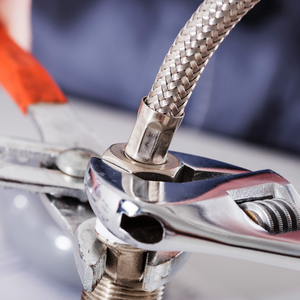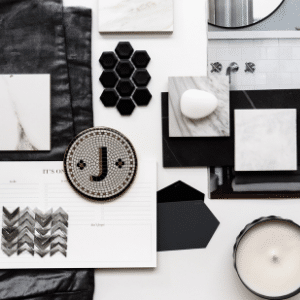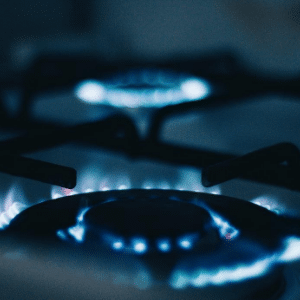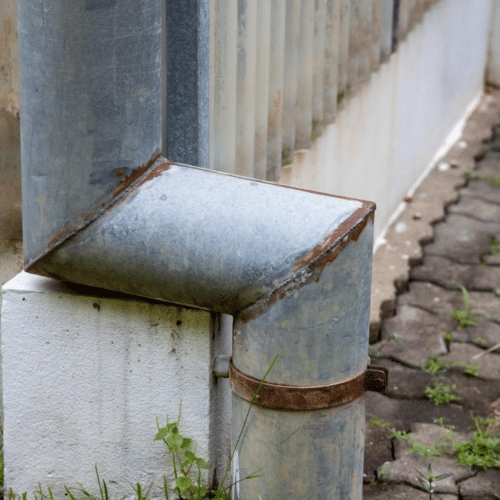Plumbing Checklist when Buying a New Home
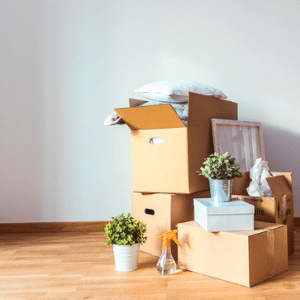
You've probably heard the horror stories of new home buyers who, along with their new house, have bought a wealth of plumbing problems as well.
We have put together a plumbing checklist for home buyers, so you don't get caught paying for a problem that could have been avoided altogether!
- Check the age of the hot water system - most hot water units have a lifespan of 7-15 years, so if you have a system older than that, needing a replacement is a case of not 'if' but 'when'.
- Run all taps in the home including those in the tubs, showers, and sinks checking the cold and hot water functions of each. Ensure that there is enough water pressure and flow as it could be a sign of a larger problem or sediment buildup.
- For a multi-story house, inspect the ceiling under laundry rooms or bathrooms for staining and wet spots.
- Check the house especially the kitchen and bathroom for mildew or mold. Water damage may also cause musty odors inside the house.
- Inspect the flooring around sinks and toilets including the refrigerator and dishwasher to ensure that there is no warping or staining. Floors should not have soft spots and should feel solid under pressure. Cracked or broken floor tiles can be due to water pooling underneath it.
- Ensure that the bath and sinks are draining properly. If the drains make noise or bubble up while water is going down the pipe, it is usually indicative of plumbing problems.
- Flush the toilets inside the home and verify that the water is going down properly and that water is replenished immediately. If the toilets fail to flush properly or they are clogged, it is already a sign of a plumbing problem.
- Basins and toilets should be firmly attached to its position even if you wiggled them. If the toilet can be wiggled from its place, it could be a sign of a leak or poor installation, and it may need to be sealed again to the floor to avoid potential issues in the future.
We don’t want you to get any nasty surprises after you move into your new home. Use the above checklist, your common sense and call your local expert plumber to get on top of problems that may cost you thousands of dollars to fix and cause lasting damage to your new house. It is well worth the investment.



